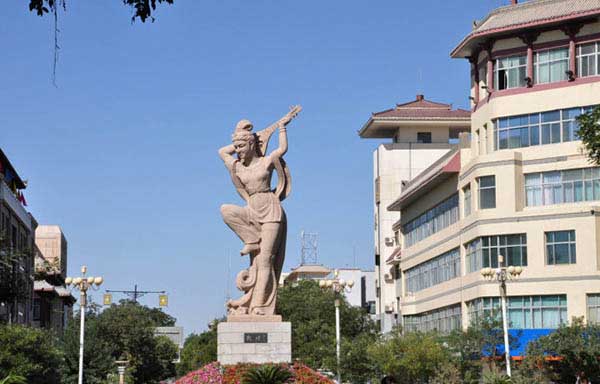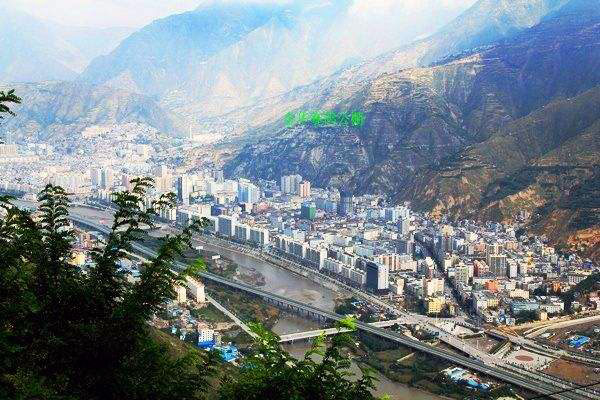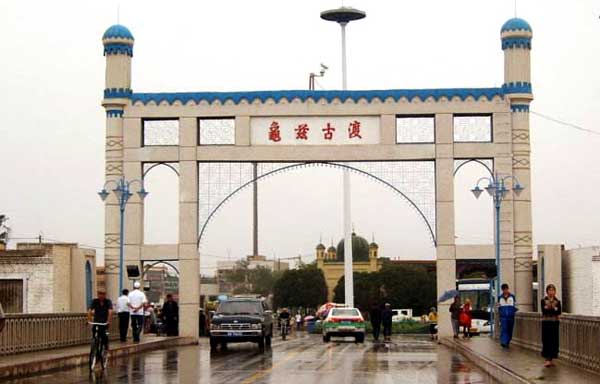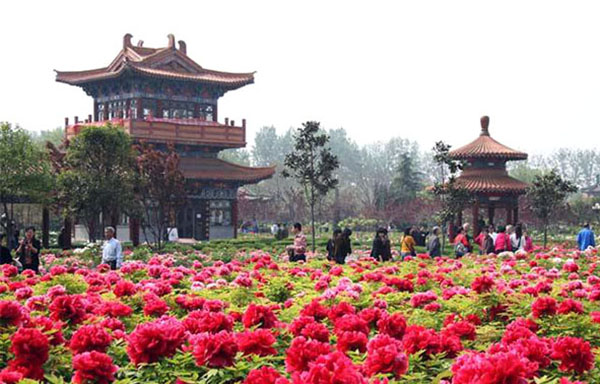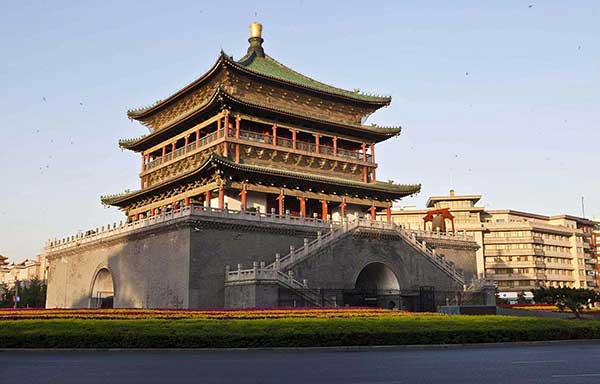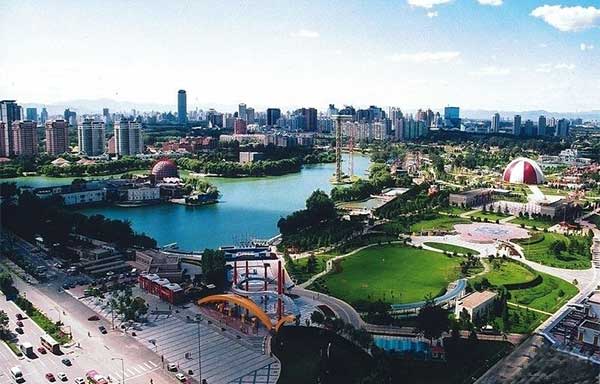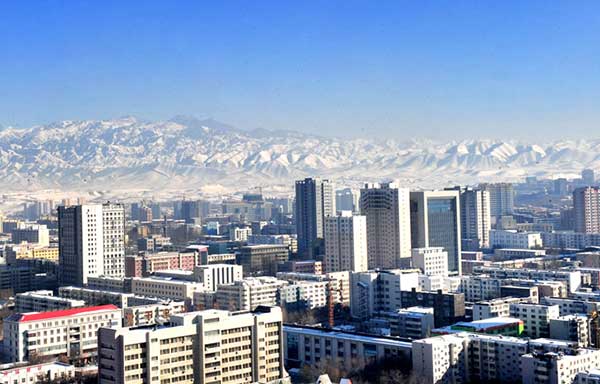Old photos: Zhangye, Gansu Province 100 years ago
Zhangye, Gansu Province, has a long history and is known as "the Oasis Beyond the Great Wall". Zhangye is also known as Ganzhou in history. So what is the historical Zhangye (Ganzhou) like? Take a look at the following set of old photos that will surprise you!

In 1910, George Warnister Morison, an Australian, visited Zhangye in western China. He traveled to every corner of Zhangye and took a large number of precious historical photos. Many of the photos are exposed for the first time, providing very vivid and direct material for the study of Gansu in China at the end of the Qing Dynasty, which is worth collecting!

In 1910, Morison went to Yongchang County in front of the bell Tower and took this photo. Yongchang Bell Tower, built in the Ming Emperor Wanli 15 years (1587), has a history of more than 430 years, is the symbol of Yongchang history and culture!
The architectural form of bell tower is a pavilion with double eaves and a roof with two floors and three eaves. Hanging from top to bottom are three plaques, "A pillar in the sky", "Huairou West Region" and "Yuguan Passage". The bell and drum are located on the first floor.

In the east 35 miles of Yongchang County, Morison saw an abandoned village, with a group of people sunning themselves at the entrance of the village. And travellers on horseback stop here. Seeing someone taking a picture of them, they had a curious expression.
Yongchang County, Ming Dynasty set Yongchangwei; Qing Yongzheng three years (1725), change Yongchang Wei Yongchang County. After liberation, Yongchang was under the jurisdiction of the Wuwei Special Office; In 1981, Yongchang County was affliated with Jinchang City.

Morison and his men came to an inn of Zhangye. Here he met a merchant from Shanxi Province. The merchant was well-dressed and had a shrewd look in his eyes.

This photo, taken 10 miles west of Shandan County, shows the majestic appearance of the "Big Buddhist Temple". The Big Buddha Temple, also called "Tufo Temple", was built in the Northern Wei Dynasty (425 AD), which has a history of more than 1,500 years.
In the photo, the big Buddhist temple is backed by the high mountains more than 100 years ago, and the flat terrain in front of it is how magnificent. However, the history of the great Buddhist temple, repeatedly destroyed the construction, in 1971 was completely destroyed; It was rebuilt and officially in 1998.

On his way west, Morrison suddenly heard a camel ringing. He looked over his shoulder and saw a caravan marching into the distance. The camel carries its load on its back, and there is only one man leading the camel. Camel caravans, so that the empty Gobi Beach appears to have vitality.
The desert and the Gobi desert in the northwest are windy and sandy, and vehicles and horses are not suitable for long journeys. The camel is a natural transport and transportation in the desert, and the price is low and the number is large, is irreplaceable desert transport.

On the way, Morison and his party happened to meet two local guards, who were dressed in uniforms, one tall and short. The two guards, curious to see a foreigner for the first time, got off their horses and stood by the road watching Morison.
Morison traveled all the way west, witnessed, heard, and saw, leaving a large number of reliable records. In particular, the photos taken along the way have left many people, landscapes and important historical moments that have disappeared for today's people.

This is a church on the outskirts of Zhangye. The house is built in a combination of Chinese and Western styles, and the pagoda stands on the corner of the roof. In the middle of the ridge stood a cross. The church was walled on three sides.

In Zhangye, Morison saw a huge white pagoda. Under the tower, there seems to be a large temple. In the distance, green hills appeared and disappeared in the clouds.
The White Pagoda is not only a building, but also a cultural heritage, reflecting the essence of traditional Chinese culture and Buddhist culture.

In 1910, Molisun boarded the south gate of Zhangye, standing on the height of the gaze, the houses row upon row, very spectacular. A temple pavilion is clearly visible. In the far distance, green mountains are endless.
Morison's travels to northwest China have captured a large number of photographs that reflect the unique architecture and customs of the region. Morley traveled all the way west, experienced, heard, and saw, leaving a first-hand and reliable record. However, most of the photographs and texts are still stored in the Mitchell Library in Sydney and have not been made public. Through these old photos, we can see the true face of Zhangye in Gansu Province more than 100 years ago.
Related destinations
Why Choose Us?
We are the top Silk Road tour operator based in Dunhuang, China. We focus on providing well designed Silk Road China Tours with resonable price and thoughtful service.
- Easy & carefree booking
- The best value
- Great travel experience
- Locally operated
Hot Tours
-

6 days Gansu tour to Binglingsi, Xiahe and Langmusi
Tour type : Private tour Price : from *** Destinations : Lanzhou - linxia - Xiahe - Langmusi - Hezuo - Lanzhou -

12 Days Gansu Highlights Tour
Tour type : Private tour Price : from *** Destinations : Xian – Tianshui – Lanzhou – Xiahe – Langmusi – Hezuo – Zhangye – Jiayuguan - Dunhuang -

10 Days Silk Road Classic Tour
Tour type : Private tour Price : from *** Destinations : Xian - Zhangye - Jiayuguan - Dunhuang - Turpan - Urumqi -

5 Days Zhangye - Alxa youqi Highlights Tour
Tour type : Private Tour Price : from *** Destinations : Zhangye - Alax youqi - Zhangye

